Description
ELISA Fully Automatic OnePlate Python
ELISA is one of the most common hormonal tests of any laboratory. ELISA testing has different processes that have many errors if done manually. As a result, the user must carefully perform all the ELISA steps such as pipetting, washing, incubating, shaking and reading it.
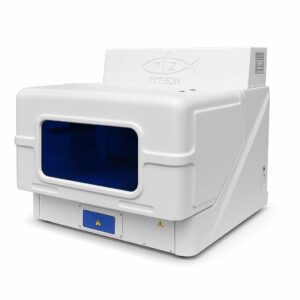
Software Python ELISA
This machine performs all the steps in a fully automatic manner. It should be noted that this device has a maximum capacity of 1 plate and performs a maximum of 7 tests with simultaneous protocols.
In the library inside the software, the device is predefined so that the user only has to run the tests. This is done in foreign prototype devices or by the needle, which in itself causes the carry over, and these other models of needles have been obsolete for many years.
And the other is the Carbon Black Sampler, which is now 15 times more expensive than regular plastic samplers. As a result, the laboratory has to spend a large amount of money only on the sampler, which is not economically justified, and the fully automatic ELISA machine of the Python model can be easily operated with ordinary plastic samplers available in the laboratory, which results in a lot of economic benefit for the laboratory.
The device also has an API (Accurate Pipette Intelligence) that can detect the correct volume of serum, the closure of the tip of the sampler, and the presence of bubbles, clots, and fibrons in the serum.
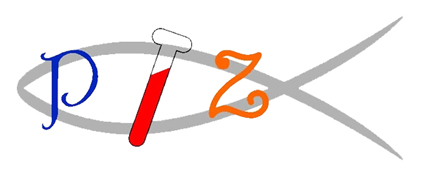
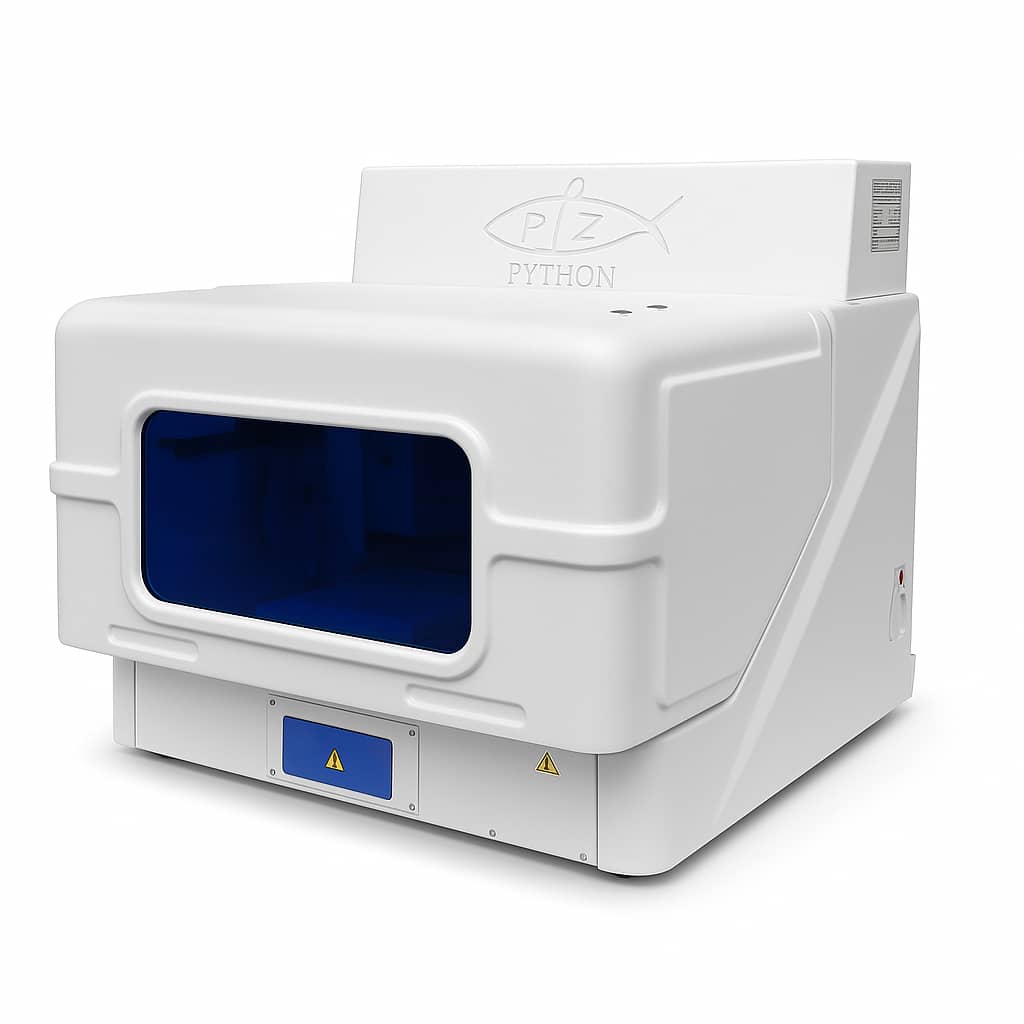
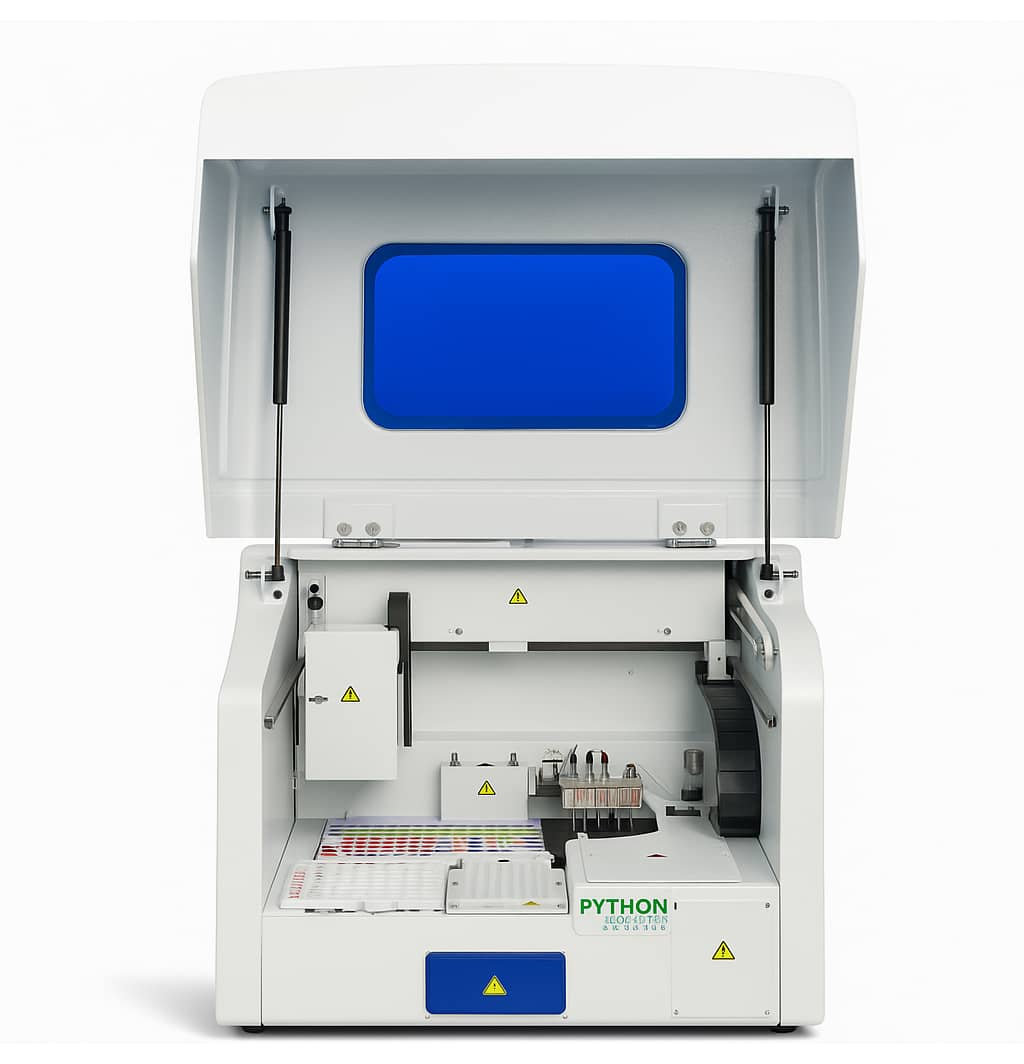
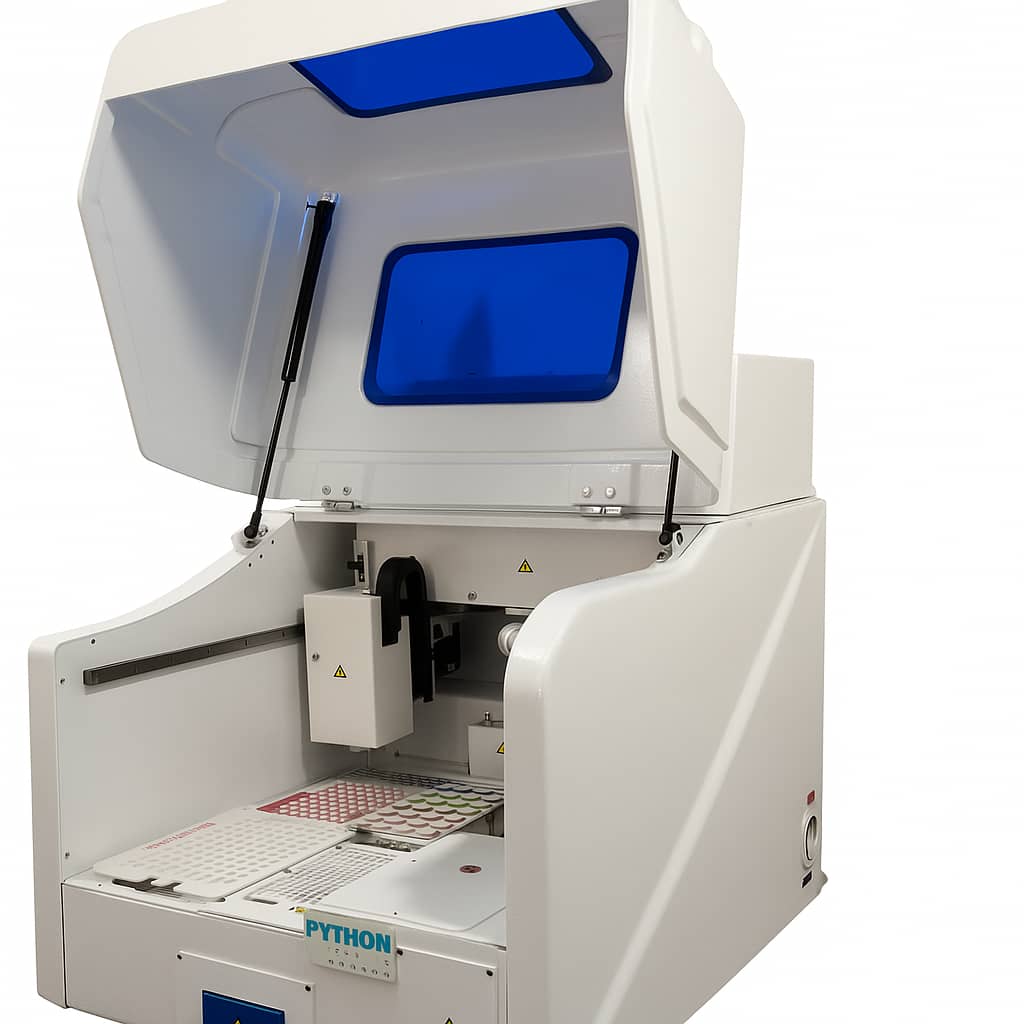
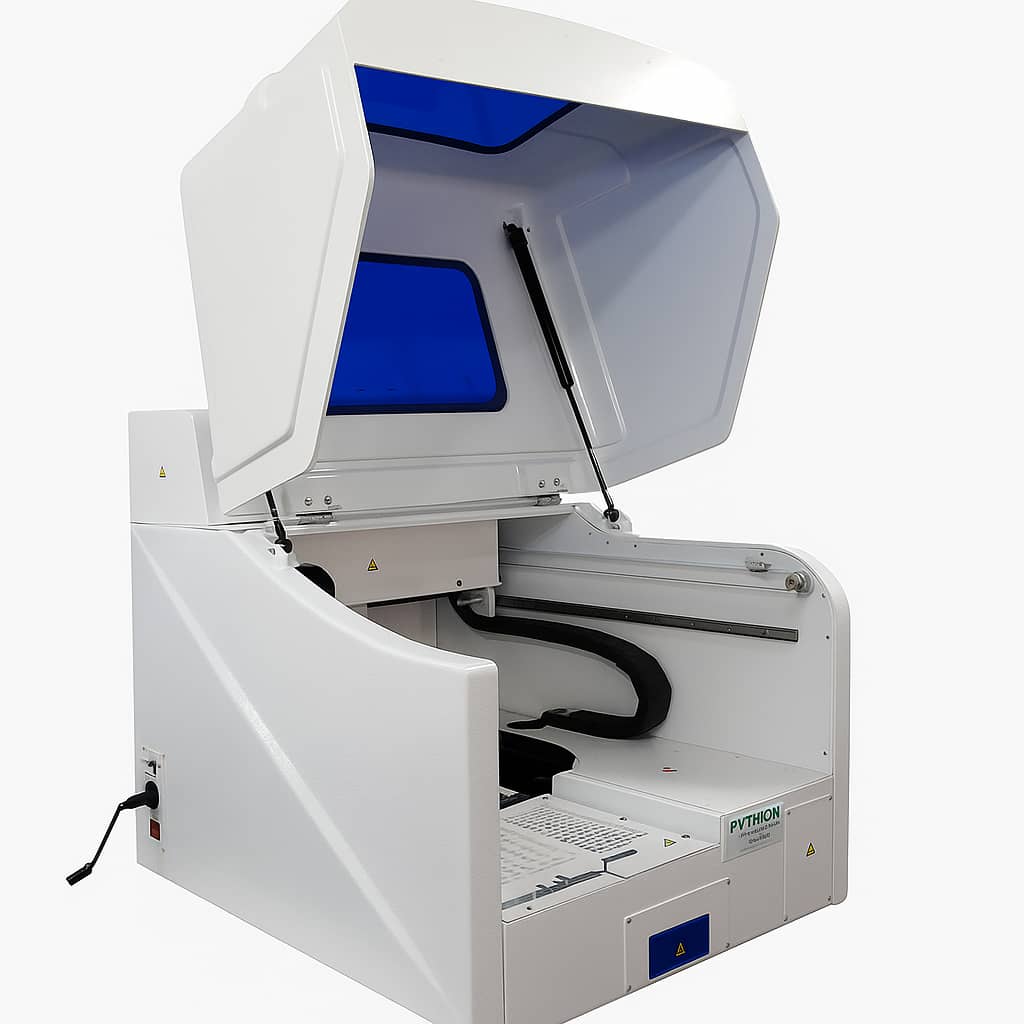
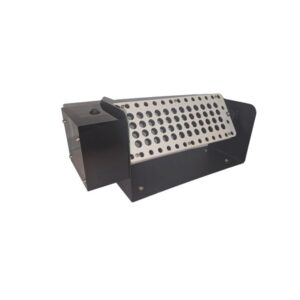
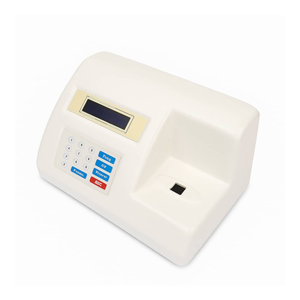
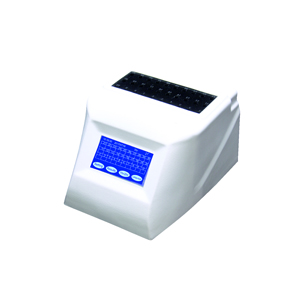
Reviews
There are no reviews yet.